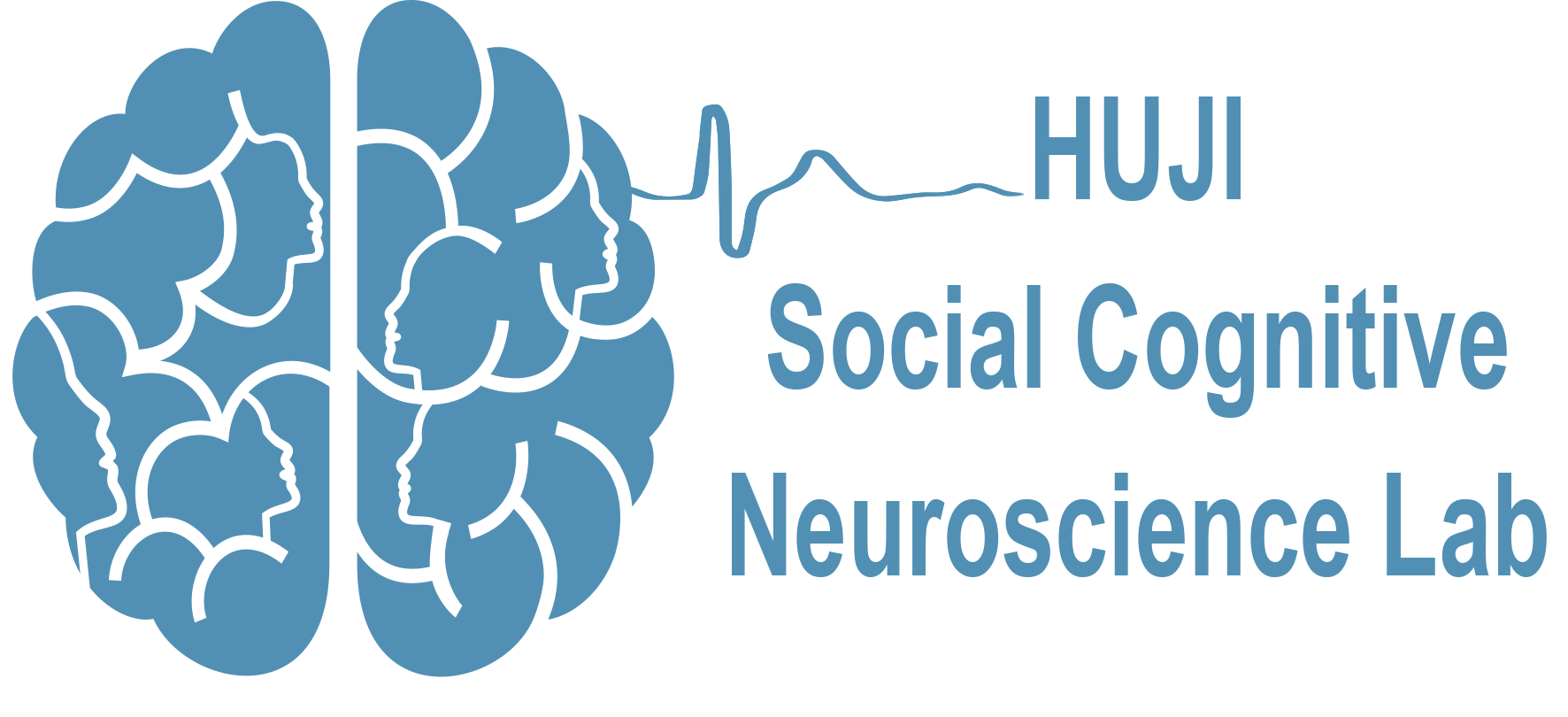Abstract:
Oxytocin (OT) plays a determining role in social and pair bonding in many vertebrates and increasing evidence suggests it is a social hormone also in humans. Indeed, intranasal administration of OT modulates several social cognitive processes in humans. Electrophysiological studies in humans associated the suppression of EEG in the mu/alpha and beta bands with perception of biological motion and social stimuli. It has been suggested that mu and beta suppression over sensory-motor regions reflects a resonance system in the human brain analogous to mirror neurons in the monkey. We therefore hypothesized that OT, a social hormone, would enhance this suppression, hence, for the first time, link the action of this neuropeptide with a human correlate of mirror neuron activity. Twenty-four students were administered 24IU of OT or placebo intranasally in a robust, double-blind within-subject design. 45min later participants were shown a point-light display of continuous biological motion of a
Website

